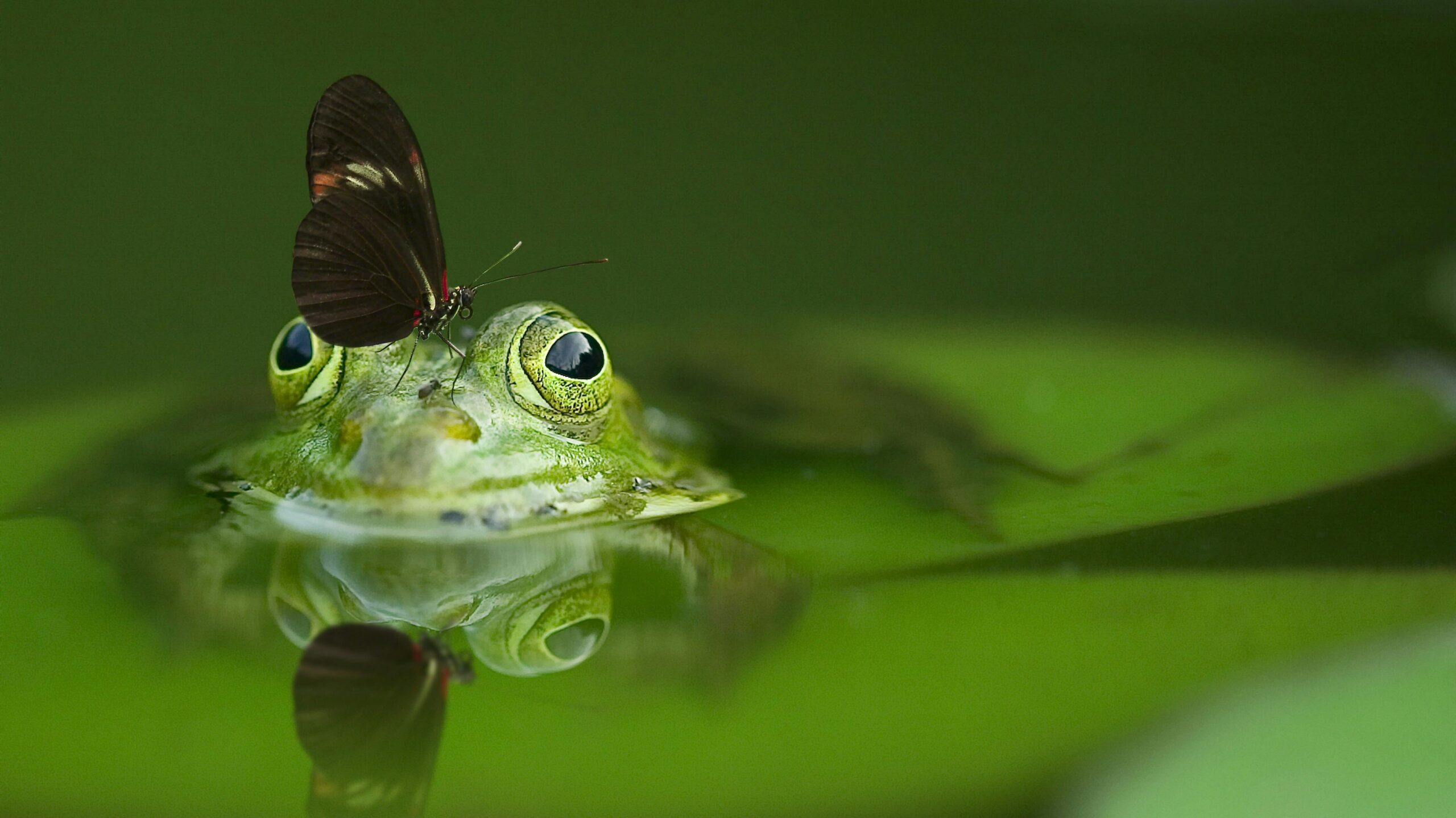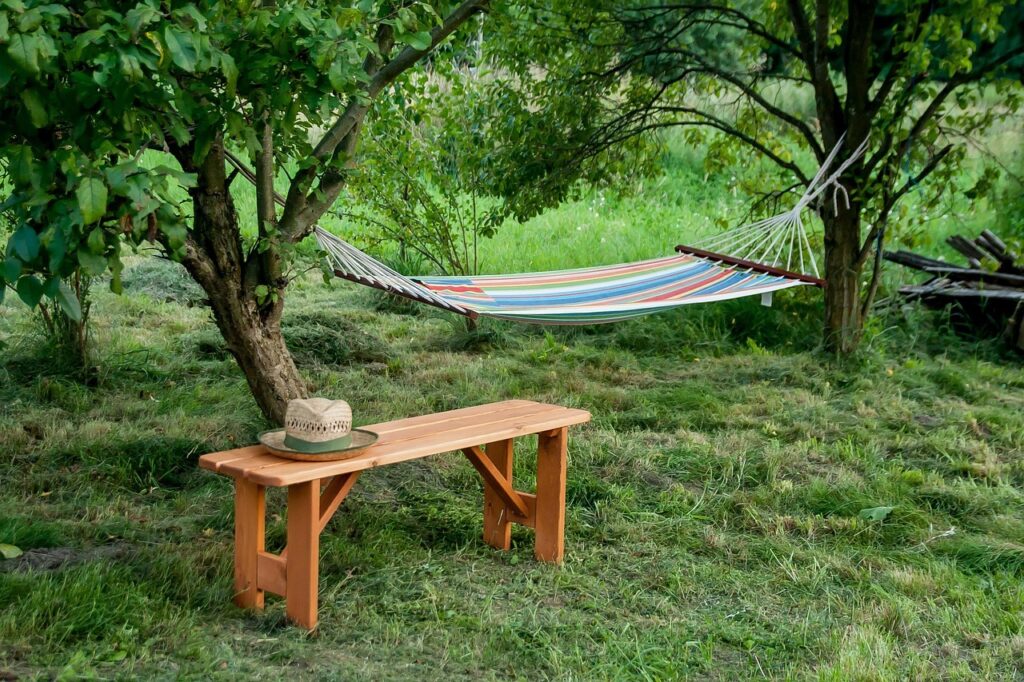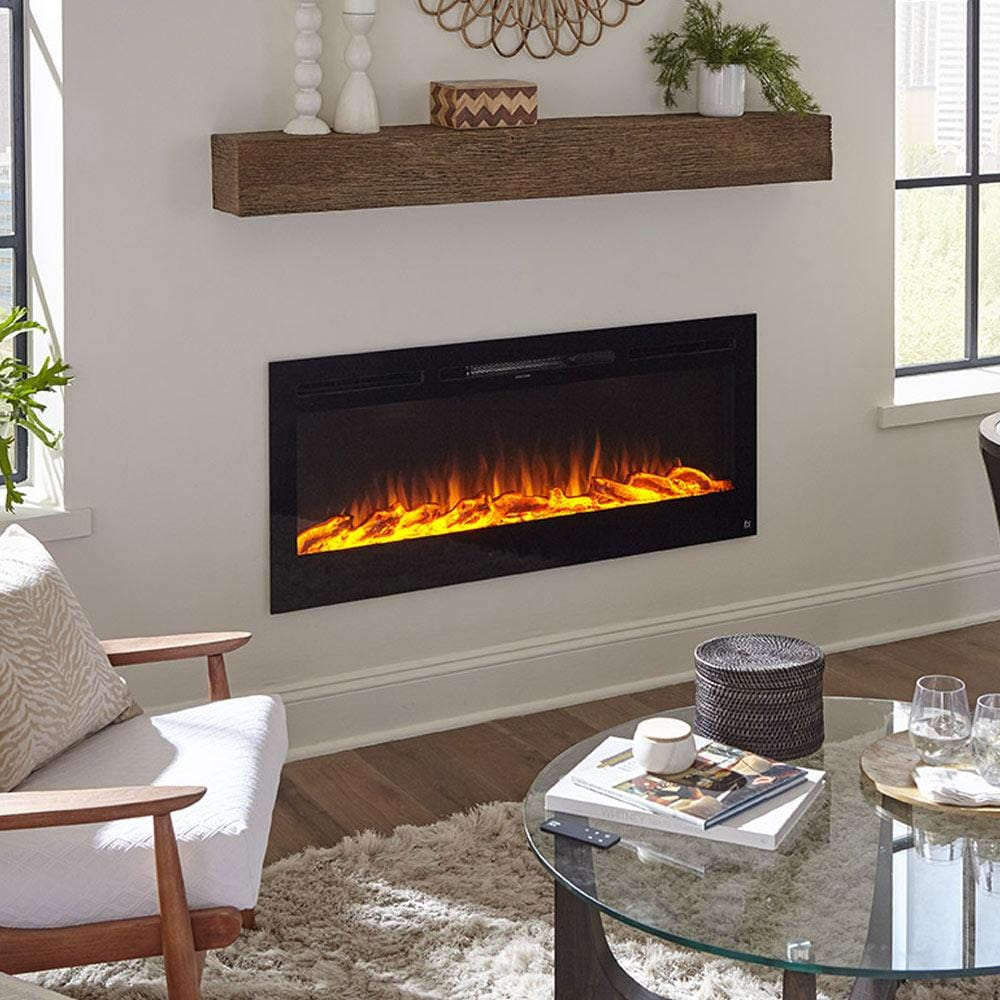“If you dig it, they will come.” That was the promise my older brother made when he showed up on a humid Saturday with two shovels, a stack of cardboard, and a cooler of iced tea. By sundown we had what looked like an over-sized mud pie in the corner of the yard; four weeks later that puddle buzzed with dragonflies, tree-frogs, and a shy pair of goldfinches. I’d accidentally built a pump-free wildlife pond—and gained front-row seats to backyard ecology.
A small, still-water pond offers all the beauty and biodiversity of a traditional water-garden without the expense, noise, and power draw of mechanical pumps. Instead, you harness natural balance: gentle slopes, plant roots, and micro-organisms keep the water clear while providing habitat for pollinators, amphibians, and birds. Ready to swap lawn for living water? Let’s dig in.

1. Design: Dream It Before You Dig It
| Design Element | Wildlife Benefit | DIY Tip |
|---|---|---|
| Kidney/bean shape | Creates micro-niches of shade & sun | Use a garden hose as a flexible outline |
| Graduated shelves (0″, 6–8″, 18–24″ deep) | Shallows for bees, mid-depth for frogs, deep pocket for overwintering | Mark shelves with spray paint inside the outline |
| South-east exposure | Morning sun warms water; afternoon shade prevents overheating | Avoid overhanging eucalyptus or pine needles—they acidify water |
| Minimum surface: 4 × 6 ft | Reduces stagnation, supports plant diversity | Bigger is always easier to balance than tiny “bucket” ponds |
Sketch first. I traced my rough bean shape on graph paper, labeling the three depth zones and noting existing trees. That simple plan saved three shovel-redos later.
2. Materials & Tools Checklist
- Pond liner – 0.45 mil EPDM, cut 4 ft longer and wider than pond footprint
- Protective underlayment – Old carpet, cardboard, or commercial felt
- River rocks & cobbles – ½ – 3 in dia. for edging and habitat piles
- Washed sand – 1–2 bags to cushion liner shelves
- Native aquatic plants (see Planting section)
- Bucket of local pond water or leaf litter – Jump-starts beneficial microbes
- Tools: spade, sharp shovel, rake, wheelbarrow, garden hose, utility knife, hand tamper, level
Budget snapshot (2025 USD): My 5 × 8 ft pond cost $220—liner $110, plants $70, rocks free via classified ads, miscellaneous $40.
3. The Weekend Build — Step-by-Step
Day 1 Morning – Mark & Dig
- Outline the shape with a hose; tweak curves until it pleases the eye from the patio vantage.
- Sod removal: slice turf inside outline and roll it up for future compost.
- Dig the deepest zone first (about 2 ft), piling soil on tarps for later back-fill or raised beds.
- Cut ledges: step back 8–10 inches to carve a shelf 6–8″ deep and 12″ wide.
- Tamp and level each shelf; a wobbly shelf topples pots later.
Personal tip: I kept a five-minute “dragonfly break” every half-hour—hydration for me, and time to appraise the evolving contour from different angles.
Day 1 Afternoon – Cushion & Line
- Remove sharp roots and stones; lay overlapping cardboard or carpet scraps as underlayment.
- Drape liner centrally, allowing generous slack into contours. Don’t trim yet.
- Gently press liner into shelves, folding neat pleats in corners.
- Add 1″ sand layer on shallow shelves—soft landing for tadpoles and plant baskets.
- Start filling with a hose set on low. Weight of water settles liner naturally.
Day 2 Morning – Edge & Rockwork
- Trim liner leaving a 12″ perimeter lip.
- Create a capillary barrier: fold extra liner upward behind a row of fist-sized rocks. This prevents surrounding soil from wicking pond water.
- Place cobbles on shelves, building miniature cairns and crevices—future crayfish condos.
- Construct a wildlife ramp on one shallow edge: flat flagstones stacked stairs-style so hedgehogs or toads can exit easily.
Day 2 Afternoon – Inoculate & Plant
- Seed beneficial life by swishing in a bucket of leaf litter from a healthy pond (or aquarium filter sludge). Cloudy water clears within a week as microbes establish.
- Add plants (details next section). Tuck roots between rocks or in mesh pots filled with pond soil—not potting mix, which clouds water.
- Top up water to final depth and tidy edges with mulch or low groundcovers.
By sunset, ripples reflected the first star—no pump, no filter, just gravity, life, and a pair of curious robins.
4. Planting for Balance & Beauty
Zoning Cheat-Sheet
| Pond Zone | Depth | Plant Examples | Role |
|---|---|---|---|
| Edge Marsh (0–2″) | Damp soil | Blue flag iris, marsh marigold | Filters run-off, nectar for bees |
| Shallow Shelf (6–8″) | Emergent | Pickerel weed, arrowhead | Frog perches, oxygenation |
| Mid-Shelf (12–18″) | Marginal | Water mint, dwarf cattail | Shade, insect habitat |
| Deep Zone (18–24″) | Submerged | Hornwort, anacharis | Oxygen, nitrate uptake, winter refuge |
| Floating Surface | — | Frogbit, native water lilies | Shade, reduce algae, landing pads |
Plant 60 % of surface with vegetation to out-compete algae, leaving open water for birds to bathe.
Avoid invasives: skip water hyacinth and yellow flag iris if they’re banned in your state. Choose native equivalents—your local extension office has lists.
5. Natural Water-Quality Management
✔ Oxygen via plants, not pumps – Submerged oxygenators release O₂ by day; floating leaves curb excessive sun, slowing algae.
✔ Leaf net in fall – Net the pond when trees drop leaves; saturated leaf mats deplete oxygen as they rot.
✔ No fish, no fish food – Fish waste spikes nutrients. If you crave movement, stick to tiny native minnows and feed sparingly.
✔ Barley straw pouch – A mesh bag of barley straw near the inlet produces natural algicides (humic acids) as it decomposes—an old farmer’s trick that truly works.
6. Seasonal Care Calendar
| Season | Task | Minutes per Month |
|---|---|---|
| Spring | Thin excess floating plants; top up water if droughty | 30 |
| Summer | Skim algae strings; rinse wildlife ramp stones | 20 |
| Autumn | Leaf netting; cut back dying marginals | 40 |
| Winter | Keep part of surface ice-free with a floating ball | 15 |
That’s it—maintenance under an hour a month. Compare that to weekly pump cleaning on traditional koi setups.
7. Frequently Asked Questions
Q: Won’t mosquitoes breed like crazy?
A: Predatory dragonfly nymphs and backswimmers appear within weeks. Add a sprinkle of BTi mosquito dunks monthly till predators establish.
Q: How long until water clears?
A: My pond went pea-soup green for ten days, then settled crystal clear as plants rooted and microbes consumed excess nutrients.
Q: Can kids or pets drink it?
A: Treat wildlife ponds like any natural water—supervise children, and create shallow edges so animals can climb out.
8. Turn Your Pond Into a Backyard Classroom
- Observe: Keep a journal; note the first frog chorus, dragonfly emergence, or visiting raccoon prints.
- Photograph: Set a time-lapse camera—watch cattails break the surface in fast-motion magic.
- Share: A “pond open house” became our neighborhood tradition; kids scoop water and ID creatures with magnifiers.
9. Up-Level Ideas (Year Two and Beyond)
- Rain-chain inlet – Channel roof runoff down a decorative chain into a stone splash basin feeding the pond. Free top-ups!
- Bog filter wing – Add a shallow gravel-filled annex planted with irises; water seeps silently through, polishing clarity.
- Solar night light – Float a solar lily lantern; evening glow attracts moths—feeding bats overhead.
- Boardwalk viewpoint – Lay a reclaimed-wood plank across the marsh edge for morning coffee seating.
10. Troubleshooting Quick-Guide
| Symptom | Likely Cause | Rapid Fix |
|---|---|---|
| Milky water | Mineral-rich tap fill | Wait—settles as bacteria bind particles |
| Duckweed explosion | Excess nutrients | Scoop weekly; add more submerged plants |
| Stagnant smell | Decomposing debris | Remove sludge, boost aerating plants |
| Liner visible | Water evaporation | Camouflage with flat rocks or creeping thyme |
11. Cost & Time Reality Check
| Expense | Cost | Notes |
|---|---|---|
| Liner & felt | $110 | 8 × 10 ft EPDM sheet |
| Plants | $70 | Five species, nursery pots |
| Misc. (sand, barley straw, BTi) | $40 | Annual consumables |
| Total | $220 | Less than one utility bill’s worth of pump electricity over three years |
| Labor | Active Hours | Helpers |
|---|---|---|
| Dig & shape | 4 | 2 adults, 1 teen “supervisor” |
| Liner & rock | 2 | 2 adults |
| Plant & fill | 1 | Solo |
One Saturday + one Sunday = a lifetime mini-wetland.
12. Final Reflection: A Pond That Gives Back
Three months after that muddy weekend I heard the first nighttime chorus of Pacific tree-frogs. Six months in, a great blue heron paused on the cedar fence, eyeing minnows I never stocked—apparently nature brought its own. The pond’s mirror now reflects seasonal stories: spring tadpole clouds, summer dragonfly duels, autumn leaf mosaics, winter ice scrollwork.
Building a wildlife pond without mechanical gadgets feels almost rebellious in our tech-saturated age: you create space and then step back, letting ecology perform the maintenance. Your reward is the gentle sound of water skimming stones, a daily science show for the kids, and the quiet pride of knowing your yard now hosts life-forms that struggled to find habitat elsewhere.
So grab a shovel, trace a curvy outline, and invite the wild to wash its face in your backyard. Trust me—once the first dragonfly lands on your shoulder, you’ll forget pumps ever existed.
Happy digging, and may your new pond ripple with life!


